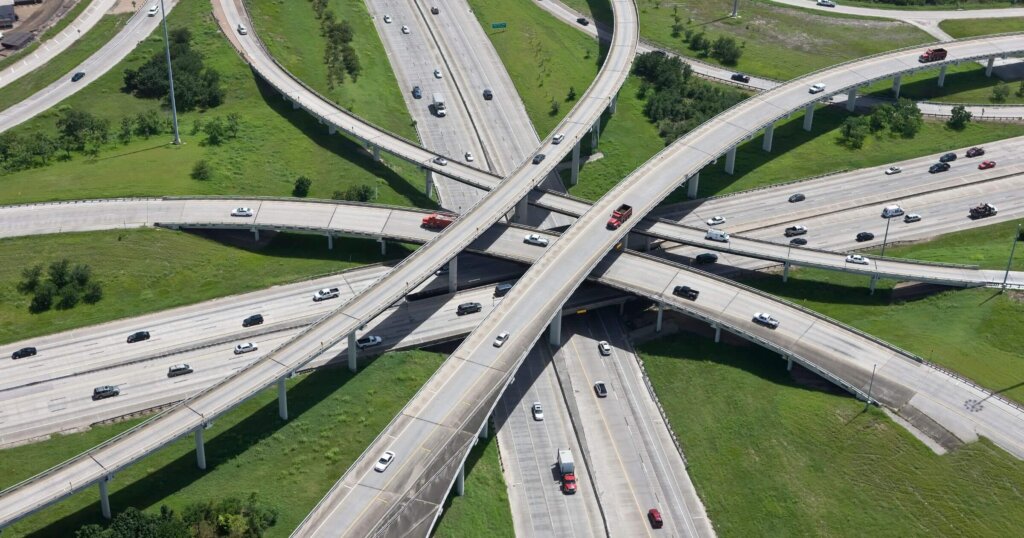America’s infrastructure has earned a ‘C’ grade—hardly cause for celebration. This national assessment offers a sobering reminder that while improvements have been made, the systems we rely on daily are still aging, underfunded, and vulnerable to climate events.
The state of U.S. infrastructure
The American Society of Civil Engineers (ASCE) releases an Infrastructure Report Card every four years, evaluating 18 major categories like roads, bridges, water systems, energy grids, and public transit. Here is a quick summary of America’s infrastructure report card:
- Overall grade: C
- Categories with improvement: Ports, drinking water
- Challenges ahead: Deferred maintenance, climate adaptation, aging systems
- Key legislation: Infrastructure Investment and Jobs Act (IIJA)
The grading scale—from A to F—is based on capacity, condition, funding, future need, operation and maintenance, public safety, and resilience. A ‘C grade’ means the nation’s infrastructure is in mediocre condition, showing signs of deterioration but still functioning, though often inefficiently and at higher long-term costs.

So why the ‘C’ grade?
Increased federal funding through IIJA (also known as H.R.3684) and other state-level investments helped halt many systems’ downward slide. Projects that have been on hold for decades are now moving forward. According to ASCE, some areas, like ports and drinking water, have seen noticeable progress thanks to these recent investments. However, most categories still grapple with deferred maintenance backlogs, outdated technology, and growing demand.
Much of the U.S. infrastructure was built in the mid-20th century, with a 50 to 75-year service life. That timeline is expiring, and without sustained and strategic funding, the country risks slipping backward. As climate risks intensify, building resilience into every project—a highway, a power plant, or a wastewater system—has to become standard, not optional.
For the AEC industry, this grade is a wake-up call and an opportunity. Contractors, engineers, and planners will play a central role in shaping the next generation of infrastructure—one that is more durable, sustainable, climate-resilient, and technologically advanced.
A ‘C’ may reflect progress, but it’s only a checkpoint. Continued investment, smarter planning, and forward-thinking design will keep our infrastructure supporting future generations, not just current ones.
For more insights into construction, infrastructure, and projects across the AEC industry, subscribe to our newsletter.


